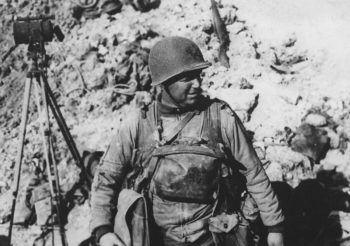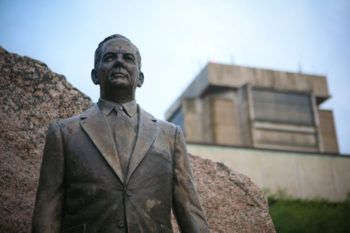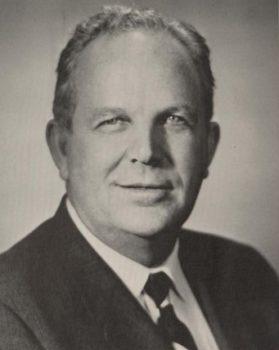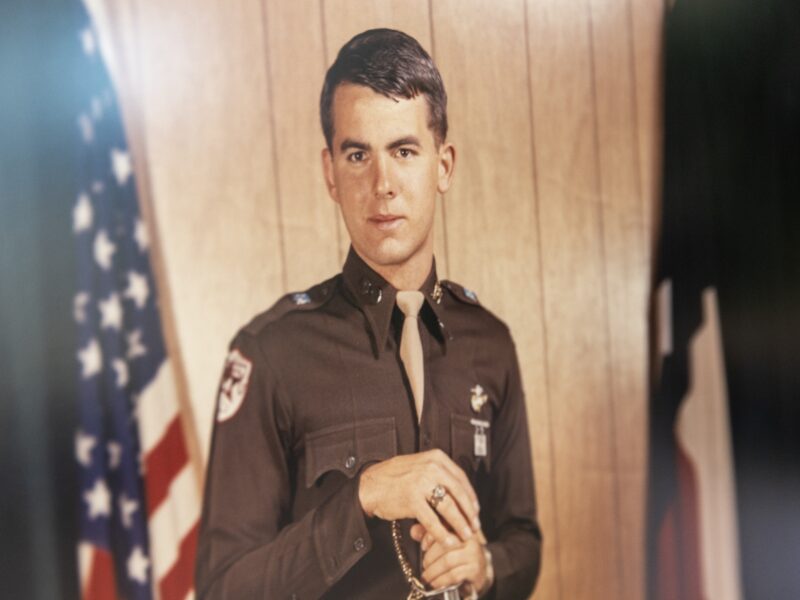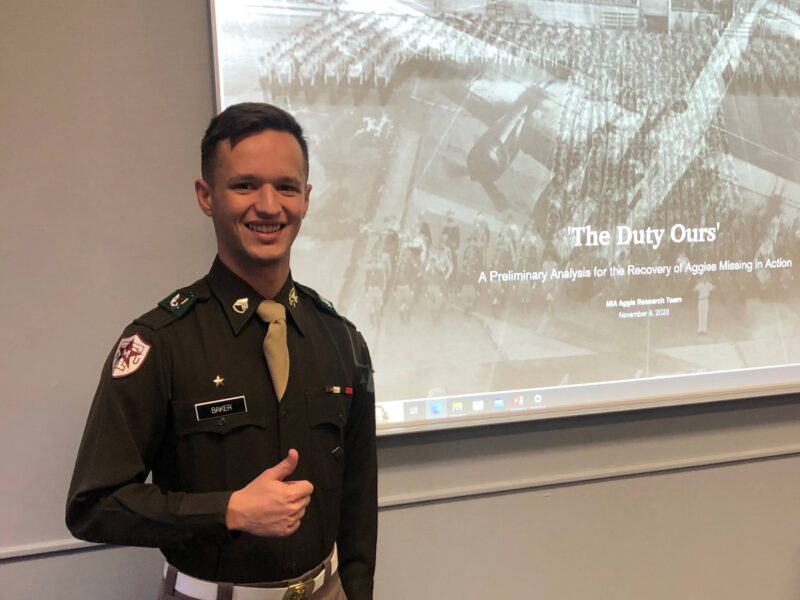James Earl Rudder’s Legacy Was Born 75 Years Ago At D-Day
On June 6, 1944 – 75 years ago – a young Lt. Col. named James Earl Rudder led a company of 225 Army Rangers on what seemed like an impossible task: scaling 90-foot vertical cliffs that were defended by German troops on the Normandy beaches.
The D-Day Invasion had begun, and Rudder, a member of the Texas A&M class of 1932, had a key assignment – capture and secure the cliffs known as Pointe du Hoc. The strategic landmark hid huge German cannons that could devastate Allied troops on ships as far as 14 miles away as they attempted their beach landing. It was a task that took almost two full days before Rudder and his men successfully made it to the top.
Rudder and his men captured the site, but at no small cost. Only 90 Rangers lived to fight another day. Rudder himself was wounded twice during the assault.
Rudder, a native of tiny Eden in Central Texas, would go on to fight in the historic Battle of the Bulge and was eventually awarded numerous medals for his legendary career.
After the war, Rudder was a busy man. He settled in Brady, Texas where he was vice president of an aviation company and also served as Brady mayor for six years.
He became Texas Land Commissioner in 1955 and helped to reorganize the Texas General Land Office and oversaw its oil and gas drilling operations. He returned to Texas A&M in 1958, serving as a vice president and then assuming the school’s presidency in 1959.
As Texas A&M president, Rudder made a monumental decision that would change the school forever. For Texas A&M to reach its full potential, he realized that it had to drop its traditional all-male and all-military roles, a change that was difficult for many Aggies to accept.
By the mid-1960s, Texas A&M was on its way to becoming the world-class university it is today, thanks to Rudder’s vision.
In 1967, then-President Lyndon B. Johnson, who had known Rudder for many years, presented him with the Distinguished Service Medal, one of the nation’s highest peacetime honors.
Sadly, Rudder did not live to see much of what he accomplished. On March 23, 1970 he suffered a brain hemorrhage that proved to be fatal. He was only 59.
Numerous monuments are present in Texas and at Pointe du Hoc to celebrate the remarkable life of James Earl Rudder. A line from one of these perhaps best defines the man:
“In all that he did, he demonstrated uncommon ability to inspire men and lead them to exceptional achievement.”
Media contact: Keith Randall, (979) 845-4644or keith-randall@tamu.edu.
